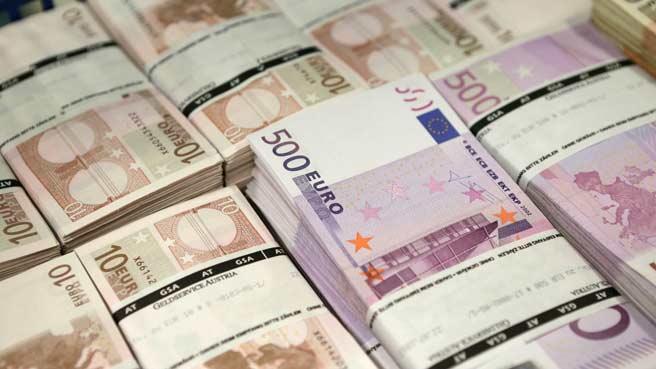June 13, 2012
Bangalore: “You don’t need the weatherman to know which way wind blow.” This phrase fits very well in context of the recent survey by rating agency Standard & Poor that primed the position for a downgrade of India’s rating. S&P weatherman surely knows which way the economic wind is blowing.

June 13, 2012
Bangalore: “You don’t need the weatherman to know which way wind blow.” This phrase fits very well in context of the recent survey by rating agency Standard & Poor that primed the position for a downgrade of India’s rating. S&P weatherman surely knows which way the economic wind is blowing.

When the country is undergoing a panicking situation its only one person, Pranab Mukherjee, who still feels something will turn up as a miracle and it will unbelievably fix the economy. Indian economy has been grinding down for quite a while now and the deficiencies are rather piling up than decreasing. The government seems clueless how to get out of this soup and fix the broken economy.
The government is not very pleased with the report and Mukherjee is said to have rejected the report stating that the agencies ratings are understating the Indian politics. But there are rumors which say that the S&P report is nothing but a political hit job. It is seen as a conspiracy as the report has been prepared by Joydeep Mukherji, who is a BJP leader from Paschim Banga. The report is also said to have some comments regarding the flawed nature of relationship between Congress President Sonia Gandhi and Prime Minister, Manmohan Singh.
It cannot be denied that robust spending has been done on whackiest projects. Government’s failure to fix the deformities in the system was well accompanied by Pranab’s havoc fiscal numbers. Under Sonia Gandhi’s command lot of spending has been done on ill-conceived and under-funded schemes. This as a resulted ahs bloated deficits and added fuel to inflation.
To add on to the miseries, instead of taking up bold reforms to address the problems, UPA government has outsourced all macroeconomic policy to the RBI by hiking interest rates which gave rise to double digit inflation. The IIP’s numbers that were out yesterday were nothing but a validation to this. The data likely confirms that inflation is running higher than real GDP growth and we are in a stagflation territory.
After yesterday’s IIP data, the expected disagreement for a cut in interest rates has gone out again. In one of the weirdest reactions ever, the stock market actually rose regardless of the insipid data as it assumed that the prospects for a rate cut now stand improved.
As CLSA economist Rajeev Malik scrutinize, the call for interest rate cuts appears to ignore the fact government inaction is more to blame for the precipitous drop in economic growth. And given the deep-rooted inflation levels, cutting rates now will worsen things. Mqalik said, “Even if an investment upturn adds to aggregate supply, it does so with a lag. In any case, boosting aggregate demand from, say, higher investment should be matched by shrinking the fiscal overhang and moderating consumption growth. In the absence of such finely balanced recalibration – itself a challenge – India will suffer a more protracted macro adjustment.”
The difficulty to bear on the RBI to cut rates amounts to the most egregious instance of buck-passing by Mukherjee. And now, it emerges that having landed the economy in a fine mess, he is preparing to give up his post in return for a sinecure in the Rashtrapati Bhavan. In the annals of political history, it’s about the biggest reward for policymaking failure as one can hope to expect.
Courtesy: ET
















































































































